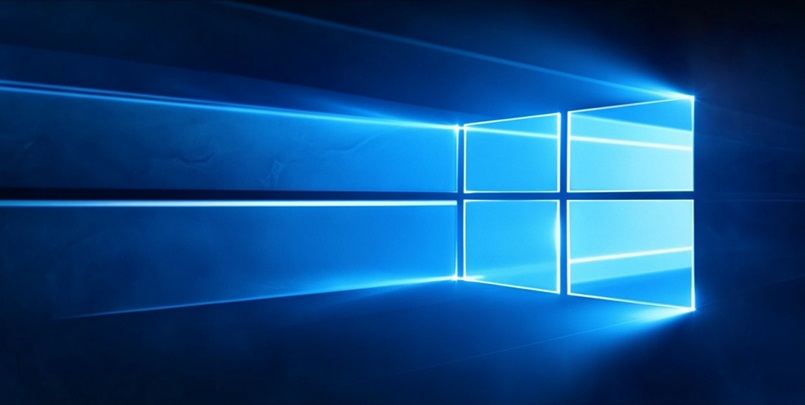The BIOS (Basic Input/Output System) acts like your computer’s backstage manager, ensuring that the hardware and operating system can communicate seamlessly and keep everything functioning efficiently. Traditionally, accessing the BIOS required users to restart their computers and press a specific key—such as F1, F2, F10, F12, Delete, or Esc—during startup. This method, though straightforward, can be tricky as it requires precise timing. To simplify this process, you can create a shortcut that allows you to boot directly into the BIOS from Windows without needing to restart manually and press the specific key at the right moment.
Creating a Shortcut to Access BIOS
Creating a shortcut to access the BIOS directly from Windows involves a few simple steps that anyone can follow. First, right-click on a blank area of your desktop and navigate to New > Shortcut. This will open the shortcut creation wizard. In the field labeled "Type the location of the item," you need to enter a specific command to make this work. The command you should type is:
Shutdown /r /fw /t 1In this command, /r stands for restart, /fw means boot to firmware (another term for BIOS), and /t introduces a delay in seconds before the restart begins—here, it is set to one second. After entering the command, click Next, and then name your shortcut something intuitive like "Restart to BIOS."
Once you’ve created the shortcut, right-click on it and select Properties. Within the Properties window, click the Advanced button. Now, check the box labeled "Run as administrator" and click OK to close the Advanced Properties window, then click OK again to close the Properties window. From now on, double-clicking this shortcut will restart your computer and boot directly into the BIOS. However, it is crucial to save and close all open files and applications before doing this to avoid any potential data loss or corruption.
Understanding the Shortcut Command
The components of the shortcut command are essential to understand for anyone who might want to tweak the settings or employ similar commands for other purposes. The /r parameter instructs Windows to restart the computer. This is fundamental because rebooting is necessary to access the BIOS under normal circumstances. Without a restart, most systems will not interrupt their current operations to enter the BIOS interface.
The /fw parameter is equally critical. It directs the computer to boot into its firmware, which is the BIOS or UEFI interface in most modern systems. This parameter essentially preempts the need to press any of the specific keys during the startup process. By issuing this command, you’re telling your system’s operating software to prepare for a hardware-level configuration session as soon as it can shut down and start back up. This eliminates the need for precise timing, which can be particularly useful for users who have fast-booting systems or experience difficulty accessing the BIOS through traditional methods.
Lastly, the /t parameter specifies the delay before the restart begins. In this example, the delay is set to one second (/t 1). This brief pause ensures that the system commits to the restart routine, but you can adjust this number if you need more time. For instance, you could set it to five seconds (/t 5) if you need a moment to save your work after double-clicking the shortcut.
Practical Considerations and Precautions
The BIOS is like a backstage manager for your computer, making sure the hardware and operating system can communicate seamlessly and keep everything running smoothly. Traditionally, to access the BIOS, you’d have to restart your computer and press a specific key—like F1, F2, F10, F12, Delete, or Esc—during the startup process. While this method is straightforward, it can be quite tricky due to the precise timing required to hit the right key at the right moment.
To make this process easier, there’s a modern alternative. You can create a shortcut that allows you to boot directly into the BIOS from within Windows. This method eliminates the need to manually restart your computer and guess the exact moment to press the key. By doing so, you streamline the process, saving both time and effort. This approach ensures that even if you’re not tech-savvy or are worried about missing that narrow window at startup, you can still access the BIOS settings whenever needed. This modern solution offers convenience and ensures you have easy access to crucial system settings without the usual hassle.

